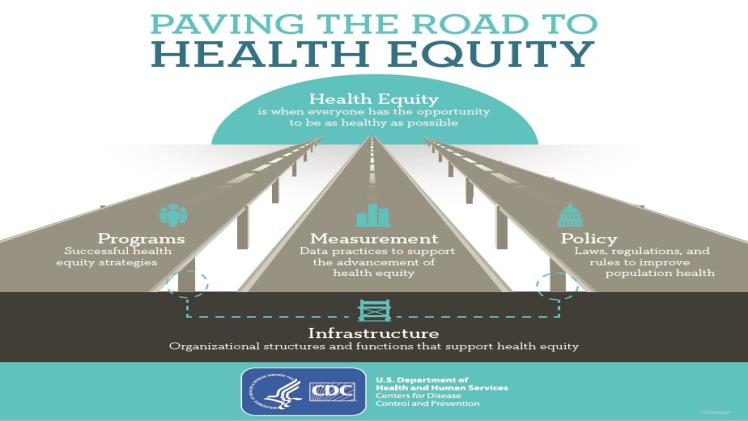How to Achieve Health Equity

Health equity refers to “a state of health in which all individuals have the opportunity to reach their full health potential and no one is hindered from doing so due to social position or other circumstances.” It also encompasses guaranteeing everyone’s rights are fulfilled and wellbeing respected. A holistic approach takes into account poverty, racial/ethnic disparities, education, environmental & structural determinants such as food insecurity transportation housing issues etc.., creating a foundation for equitable health outcomes across sectors like medicine.
Health equity is a cornerstone concept that should be included in discussions surrounding wider issues that impact healthcare, such as climate change, food security and the opioid crisis. It requires collaboration among healthcare providers, communities, governments and employers to reach its full potential through various approaches.
1. Recognize and prioritize the most marginalized populations when designing health equity initiatives (and designing solutions that work best for them)
2. Demonstrate respect towards all groups by working together on creating change together
3. Foster participation in a community-led, community-based solution
4. Evaluate policies designed to promote health equity regularly to determine their effectiveness; make necessary modifications as needed
5. Measure progress against stated goals to maintain momentum
Employers have the unique power to promote health equity by cultivating an encouraging workplace culture and creating a supportive atmosphere. They can invest in employee training and employee resource groups, enhance measurement and accountability systems, and employ evidence-based strategies that eliminate health disparities.
Please visit for more information: Hyperverse
They can use data from claims or clinical analysis, employee surveys and “pulse checks,” focus groups, lived-experience panels and other assessments of their programs and benefits to measure progress towards meeting health equity goals they have established. Furthermore, they could implement health literacy campaigns, collaborate with trusted messengers for information distribution to diverse audiences and foster community partnerships that help cement connections between public health entities and those living in vulnerable communities.
1. Foster partnerships with local organizations to enable low-income patients to access care and services tailored to their specific needs, language, and cultural background.
2. Many communities lack access to adequate medical care, leaving many patients at risk for poor health. Therefore, healthcare professionals must collaborate with local organizations that are embedded in communities, understand their individual needs, and can connect patients with the assistance they require.
3. Foster community-based healthcare workers or health promoters de salud to ensure access to quality healthcare and services for a range of individuals in their communities, particularly those who are uninsured or underinsured.
4. Ensuring patients have a voice in the health-care decision-making process and that their views are considered when making decisions about care.
The Robert Wood Johnson Foundation’s report, Advancing Health Equity: A National Vision for Change, states that “the healthcare system and other organizations have the capacity to make a significant contribution toward improving the health of all people.” It goes on to stress that healthcare organizations can play an integral role in resolving health disparities; however they must commit to making it their top priority through key actions.
